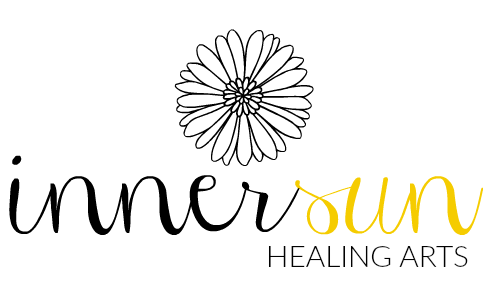Bypassing Uncertainty for a Calmer Outlook
/Let’s face it. We humans don’t do very well with uncertainty. It’s a very old, edgy part of us that has endured from our caveman past. And it’s all about brain wiring.
The emotional brain is the oldest, most primitive part of our brain, which was beautifully designed to ensure physical survival. It’s quick, hyper-vigilant and is always trying to anticipate the future to keep us safe.
While in modern life, we don’t tend to have as many physical threats to our well-being, we do have our daily threats which involve our social and psychological survival.
The unrealistic demands in society create a great deal of internal angst and anxiety. In order to feel that we have a handle on life we want predictability and a certain amount of control in our lives in order to feel that we can manage things.
The reason that being with uncertainty can feel so challenging is because it’s directly connected to anxiety and worry. In 1994, researchers, Dugas and Grupe developed the Intolerance of Uncertainty Scale (IUS). In their studies, they linked high IU to several anxiety disorders, particularly generalized anxiety disorder, as well as to eating disorders and depression. But they also found that uncertainty was connected to anxiety of any kind and at any level, small or large.
Dugas and Grupe found that this intolerance for uncertainty is most likely part of a network of several different brain processes, including, emotional regulation, threat detection, and safety detection. Threat and safety detection has been linked to the amygdala (primitive brain, unconscious triggers), and emotional regulation to the prefrontal cortex (modern, rational brain).
Hence, this idea of “not knowing” what’s going to happen next can easily tap into anxious feelings. Even when we think we’re in a bubble of predictability, we instinctively know that anything can change in a heartbeat.
Thankfully, The prefrontal cortex is the part of the higher brain, the wise brain, that assesses the situation, interprets it rationally and follows it up with a reasonable action, thereby overriding the amygdala's emergency alarm. Once overridden, anxiety dissipates and the body returns to balance.
How do we embrace the flow in life when we're feeling imbalanced? How can we release the limiting constrictions that allow us to be comfortable with uncertainty? Mindfulness practice is a perfect method for working with uncertainty and the feelings of anxiety that co-occur with it. This ancient practice has repeatedly been found in research to change the structure and function of the brain, particularly an anxious one.
How does mindfulness practice do this?
It increases the density of the prefrontal cortex, responsible for calming our instinctual emotional responses. And it decreases the size of the amygdala, and thus tampering the flight or fight response that is hard-wired into us. The pathway between the reactive amygdala and the relaxed, rational prefrontal cortex becomes stronger and stronger with each moment of awareness, making the relaxation response easier to activate when needed.
Mindfulness stops the fight. It allows the mind to observe thoughts and feelings without fighting them or changing them. With a regular practice of mindfulness, the brain learns that it’s okay to let thoughts and feelings come and go. Yes, there will be times when our minds will have difficulty letting go. Nonetheless, mindfulness practiced regularly strengthens the mind to be more deliberate about which thoughts/feelings stay and which ones go.
One of the easiest and quickest ways to calm our thoughts/feelings of uncertainty and anxiety is by “grounding.” Here, we can direct our attention into the lower half of our bodies, by focusing on our feet and noticing how they feel inside our socks and shoes. Touching into the feeling of the ground beneath our feet we can then feel more stable and centered. Now expanding our attention to include the sensations in you lower legs and then into our upper legs – noticing how they feel. Are they heavy or light? Warm or cool? Tingly or numb? This then allows us to move further up into our bodies noticing the belly and chest as they move upward and downward with our breath. Being present with the sensations of breathing we can then allow for the release of any tension that we may be holding in our bodies. It is a simple practice that can be done at anytime, eyes open or closed, while sitting, standing, or walking.
While making peace with uncertainty requires courage, faith, and trust, it is also possible to bypass a hard-wired nervous system with a consistent mindfulness practice. As the brain changes, so does our ability to see the world differently through a calmer and more objective lens. And we’ll begin to notice that we're happier for it.
-Tanya Vallianos
Tanya Vallianos, MA, LPC, ATR, NCC, EMDR III, EAP II is a psychotherapist in private practice in Fort Collins, CO. She can be reached at www.innersunhealingarts.com or 970-420-9504.









